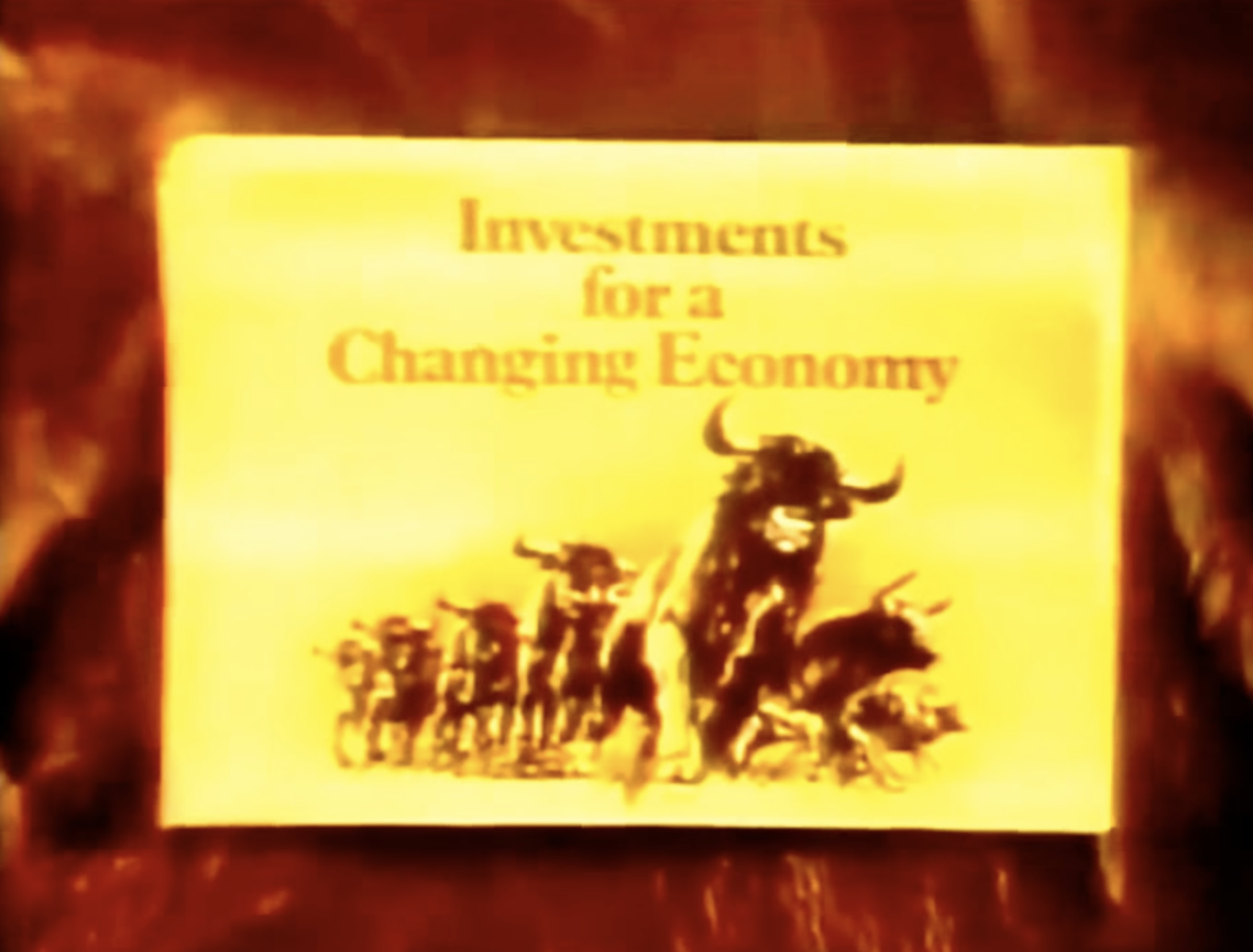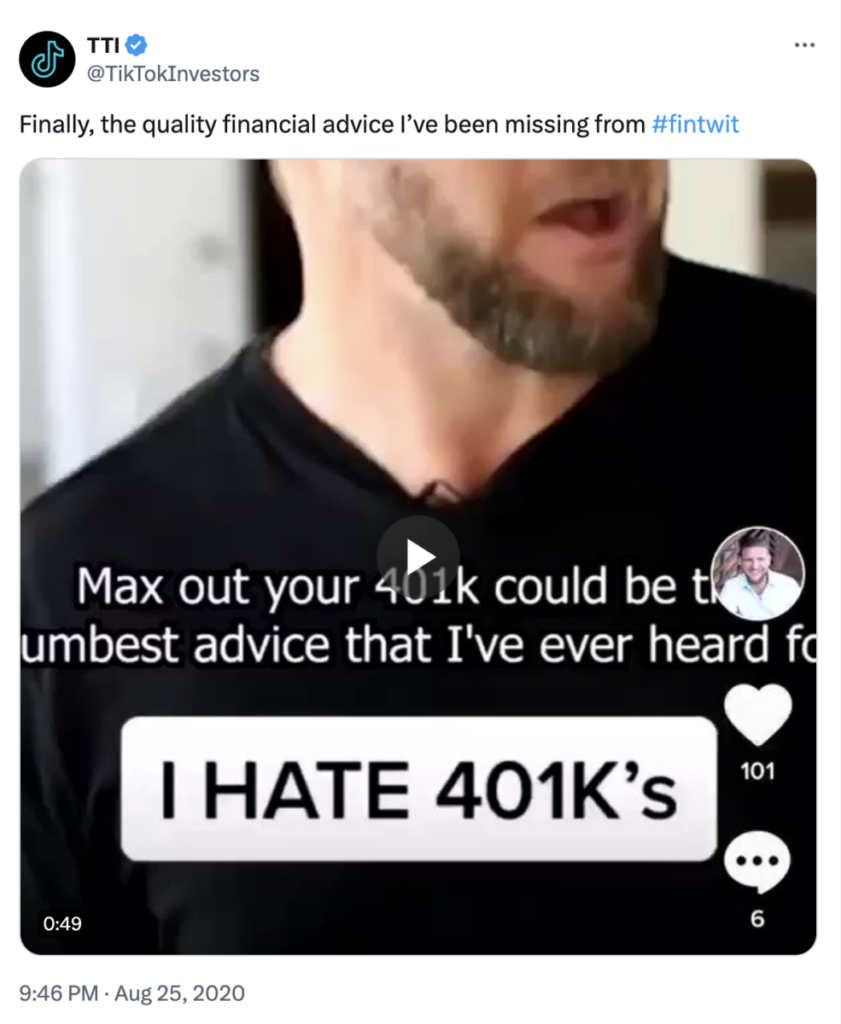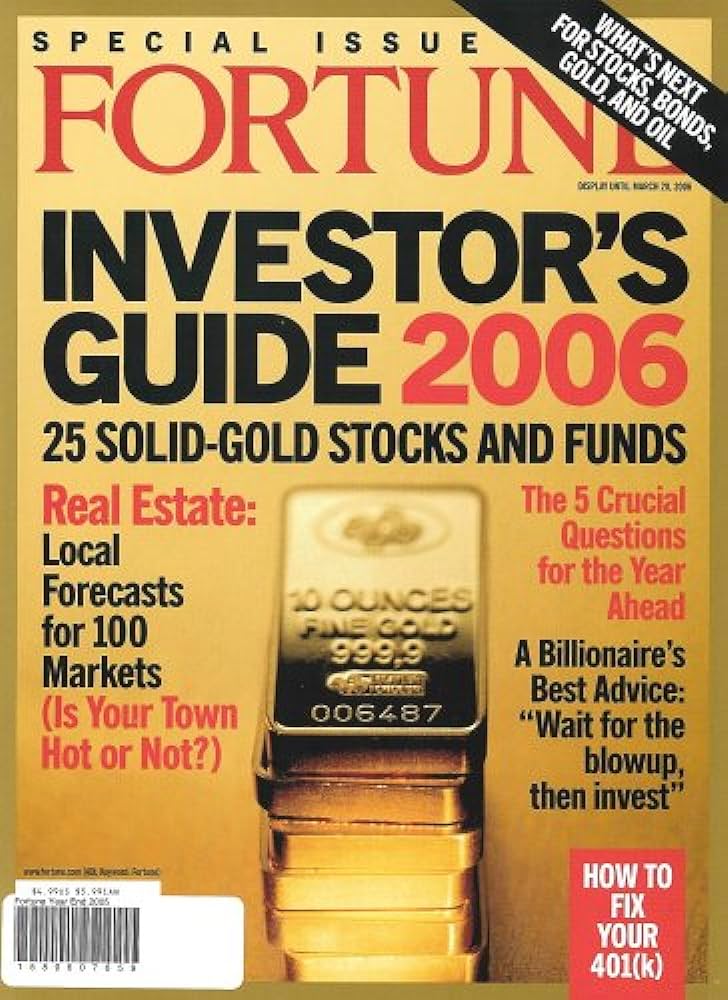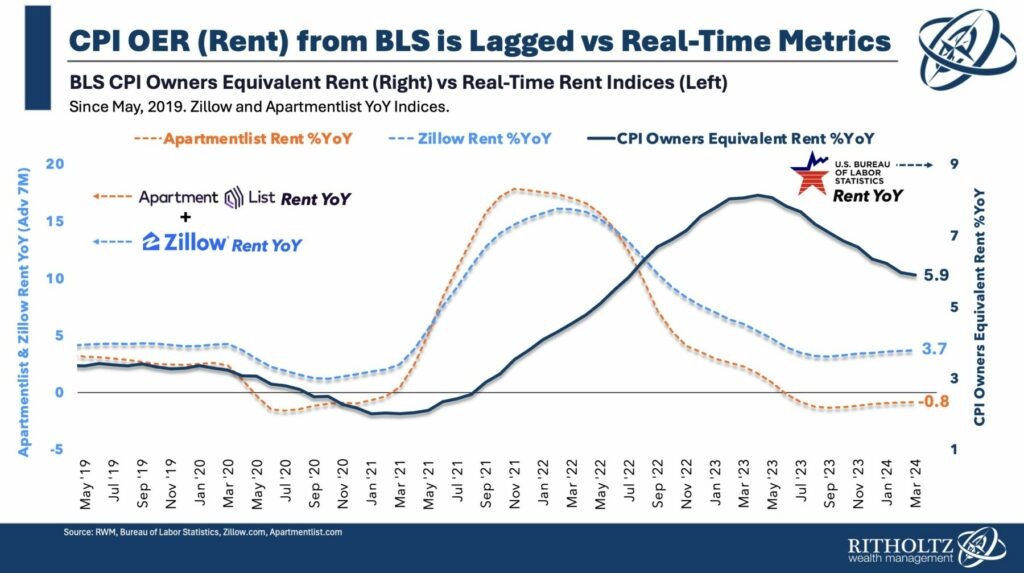

Confused about the place we’re at this time?
A favourite train is to return to first ideas to contemplate how we obtained to the place we’re. (That may be a favourite strategy to discover recent insights).
On the fairness aspect, it’s important to return a century or so. Equities had been thought-about speculative endeavors, finest fitted to gamblers and punters. The exceptions? A handful of “Widows & Orphan” shares, like Ma Bell, some railroads, utilities and the uncommon financial institution that was not struggling common runs.
There have been no disclosure guidelines, insider buying and selling was rampant, and market manipulation the norm. Buying and selling syndicates might make or break any inventory, and rumors dominated the NYSE. It’s in all probability simply the merest of coincidences that the 1929 crash and the Nice Despair adopted…
Quickly after, World Warfare 2 broke out; as soon as that was resolved, 40 million GI’s returned dwelling with money of their pocket and the GI invoice paying for faculty. The build-out of suburbia adopted, together with the Interstate freeway system, the electronics trade, car tradition and even civilian aerospace. That powered the decades-long growth that got here after the battle.
Within the 1960 and 70s, Merrill Lynch was bullish on America – they set their gross sales workers free attempting to promote the American dream to upper-middle class households. The expertise didn’t actually exist to simply monitor efficiency or prices – we merely took it on religion that equities would do properly over the lengthy haul.
Buying and selling volumes elevated dramatically. By 1968. the NYSE was averaging about $four billion in unprocessed transactions. The answer? From June 12, 1968 to December 31, 1968, the change was closed on Wednesdays to permit the clerks to meet up with the orders.
Buying and selling was costly, and the clubby brokerage trade had lengthy indulged the massive establishments on the expense of people. That modified on Could 1, 1975, when the Securities and Change Fee mandated a change in fee constructions. Deregulating the brokerage trade, SEC allowed buying and selling charges to be set by market competitors for the primary time in additional than 180 years.
Prices continued to fall: Over the following 25 years, commissions would fall from about 1.0% of the worth of a purchase or promote to round 0.25% of inventory worth. They continued to float decrease, till 2019, when Schwab grew to become the primary main agency to supply free buying and selling. And even nonetheless, fund charges and taxes remained a serious value component.
Vanguard launched in 1974, to surprisingly little discover. They slowly gathered some property, however hardly moved the needle on Wall Avenue. Few seen what was to grow to be a revolution in investing.
In 1978, Congress enacted Inner Income Code Part 401(ok), which allowed tax-deferred financial savings by a company-administered plan. It was largely ignored on the time.
A brand new bull market broke out in 1982. It was “Morning in America,” and shares had grow to be enticing to an growing portion of savers right here. Over the following 18 years, the Dow would acquire about 1,000% — most of these good points got here from a number of growth.
Decrease buying and selling prices, a rampaging bull market, and tax-deferred investing led to tens of millions of latest entrants into markets.
Even nonetheless, most individuals solely had a tough concept of how they had been performing. CRSP information was round, however not extensively out there; Bloomberg terminals launched in 1981, however had been costly and oriented in the direction of market professionals. Knowledge was costly, skilled evaluation complicated, and solely a handful of firms served particular person buyers. Based in 1984, Morningstar would mail out exhausting copies of data on numerous Mutual Funds; ValueLine despatched looseleaf binder pages on particular person firms with common updates about Shares. That new data arrived by the mail, as soon as 1 / 4 or so. S&P had an analogous service.
Whenever you needed to purchase or promote, you’ll name your inventory dealer on the telephone to position an order. Each factor was achieved slowly and manually.
However a small handful of lecturers had found that just about all energetic fund managers weren’t incomes their maintain. No matter good points they’d over the benchmark had been quickly consumed by their comparatively excessive prices. Throughout the bull market, this was kind of ignored.
Constancy’s Peter Lynch was a rock-star inventory picker and crushed all benchmarks over the following dozen or so years. Plenty of different energetic managers did properly. However once more, there merely wasn’t a simple strategy to evaluate skilled fund managers efficiency over the lengthy haul relative to charges commissions and taxes.
The 2000s noticed a couple of main adjustments: Computer systems had grow to be ubiquitous and comparatively low cost, information grew to become extensively out there and other people quickly came upon how properly their energetic managers had — or had not — achieved. A lot of the hedge fund group can be revealed post-2009 as not value their prices.
The 1980s and 90s was a superb wealth-creation machine, proper up till the wheels fell off the bus. First the Dotcom implosion occurred; then a sequence of scandals and frauds had been revealed: Merrill Lynch Orange County Chapter, the mutual fund scandal, the analyst scandals, the NASD Arbitration fraud, the earnings manipulation scandals, the IPO spinning scandal. That is earlier than we get to the numerous many accounting frauds: Worldcom, Enron, Tyco, and so forth. Then got here the GFC, with the implosion of Lehman Brothers, AIG, Bear Stearns, and many of the remainder of Wall Avenue.
Amongst all of this, the educational analysis quickly made it very clear: Almost all of energetic administration was not producing sufficient Alpha to justify their charges. Better of luck to anybody attempting to guess the 5% that had been upfront.
~~~
This historical past taught the common Mother & Pop investor a couple of issues:
First, each Wall Avenue and its self-regulation had been to not be trusted. There merely had been too many criminals allowed to rob, cheat, and steal unchecked, and with out penalties. There’s one other publish fully to be written in regards to the arbitration scandals of the 1990s, however when the self-regulators are the largest thieves within the room, you’ve got much more than a PR drawback.
First, the scandals weighed on folks’s minds, then got here the Nice Monetary Disaster. For a lot of, the Wall Avenue bailouts had been the final straw.
It’s not a coincidence that following the GFC, Vanguard and Blackrock quickly crossed a trillion {dollars} in property, then doubled in measurement, then doubled once more. The patsies on the desk quickly found out they didn’t need to play Wall Avenue’s video games. Their resolution was to personal the market, and let another person pay a excessive administration payment.
Extra to come back later…
Beforehand:
The place Has the Retail Investor Gone? (August 25, 2012)
The Dying of Energetic Administration Has Been (Considerably) Exaggerated, (April 5, 2017)
Why is Energetic Failing? (April 27, 2016)
Energetic vs Passive Administration (Archives)
Vanguard Group (Archives)




